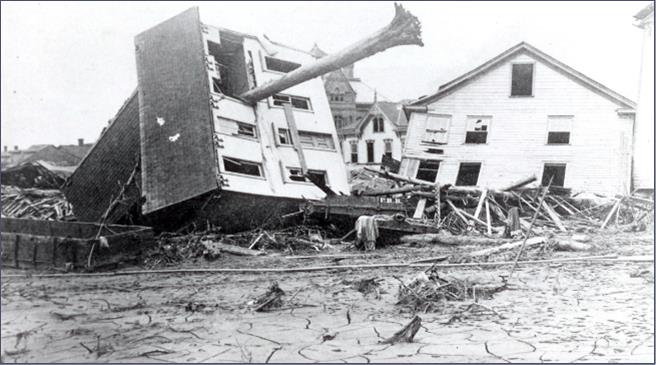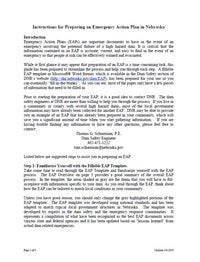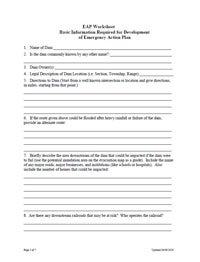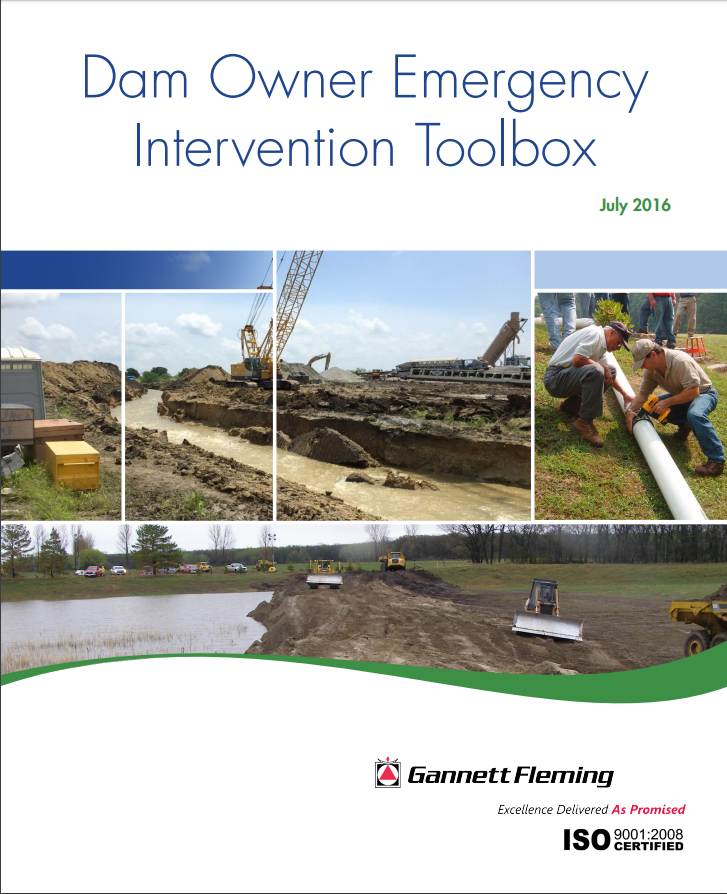
If dam failure is in imminent, call 911 and do whatever is necessary to bring people in immediate danger to safety.

In Nebraska, at least one dam fails almost every year, putting lives at risk and causing damage to downstream property. Even a small dam can release large quantities of water and sediment capable of causing catastrophic damage for miles downstream, destroying crops, roads, highways, bridges, buildings, and homes. Knowing how to recognize problems and the proper actions to take is very important for every dam owner to know in order to minimize the threat to life and property.

Destruction downstream of South Fork Dam following its failure in 1889.
Signs of a Dam-Related Emergency
- Water is about to flow over the crest of the dam
- Erosion in auxiliary spillway that is progressing upstream and is likely to break through into the reservoir
- Uncontrolled seepage from the dam that is cloudy/muddy or rapidly increasing in flow
- Boil with cloudy/muddy discharge and increasing in flow
- Cracks or sinkholes on dam with increasing downstream discharge
- Sudden rapidly proceeding slides of the dam embankment slopes with seepage emerging from the slide area
For more information see Common Problems at Dams.
What to do in an Emergency
- Notify local law enforcement by calling 911. Be prepared to tell them the location of the dam, the severity and nature of the problem, and the downstream area that may be affected
- Do whatever is necessary to bring people in immediate danger to safety
- If time allows, take immediate action to delay, moderate or prevent the failure of the dam
- Call DWEE at 402-471-2186 for technical advice
Emergency Actions to Save a Dam
Emergency Condition Observed at Dam |
Emergency Remedial Actions to Save Dam (call DWEE at 402-471-2186 for technical advice) |
|---|---|
|
|
|
|
|
|
|
|
Emergency Action Plan (EAP)
In order to protect life and property, the owner of every high hazard potential dam shall develop and periodically test and update an emergency action plan to be implemented in the event of an emergency involving such dam. The owner of any significant hazard potential dam may also be required to develop and periodically test and update an emergency action plan if determined necessary by DWEE. To find out the hazard classification of your existing dam, see the Interactive Map. To learn more on how dams are classified, see the Hazard Classification section of About Dam Safety. For purposes of evaluating the adequacy of an emergency action plan, DWEE shall review, evaluate for adequacy, and approve or disapprove each emergency action plan submitted. All non-federal emergency action plans submitted after July 1, 2009, shall be in the same format as the fillable EAP template which can be downloaded below.
This supplemental Dam Emergency Intervention Toolbox is designed to be an educational, interactive tool to assist dam owners and operators in preparing for, identifying, and responding to emergency conditions at their dams.






